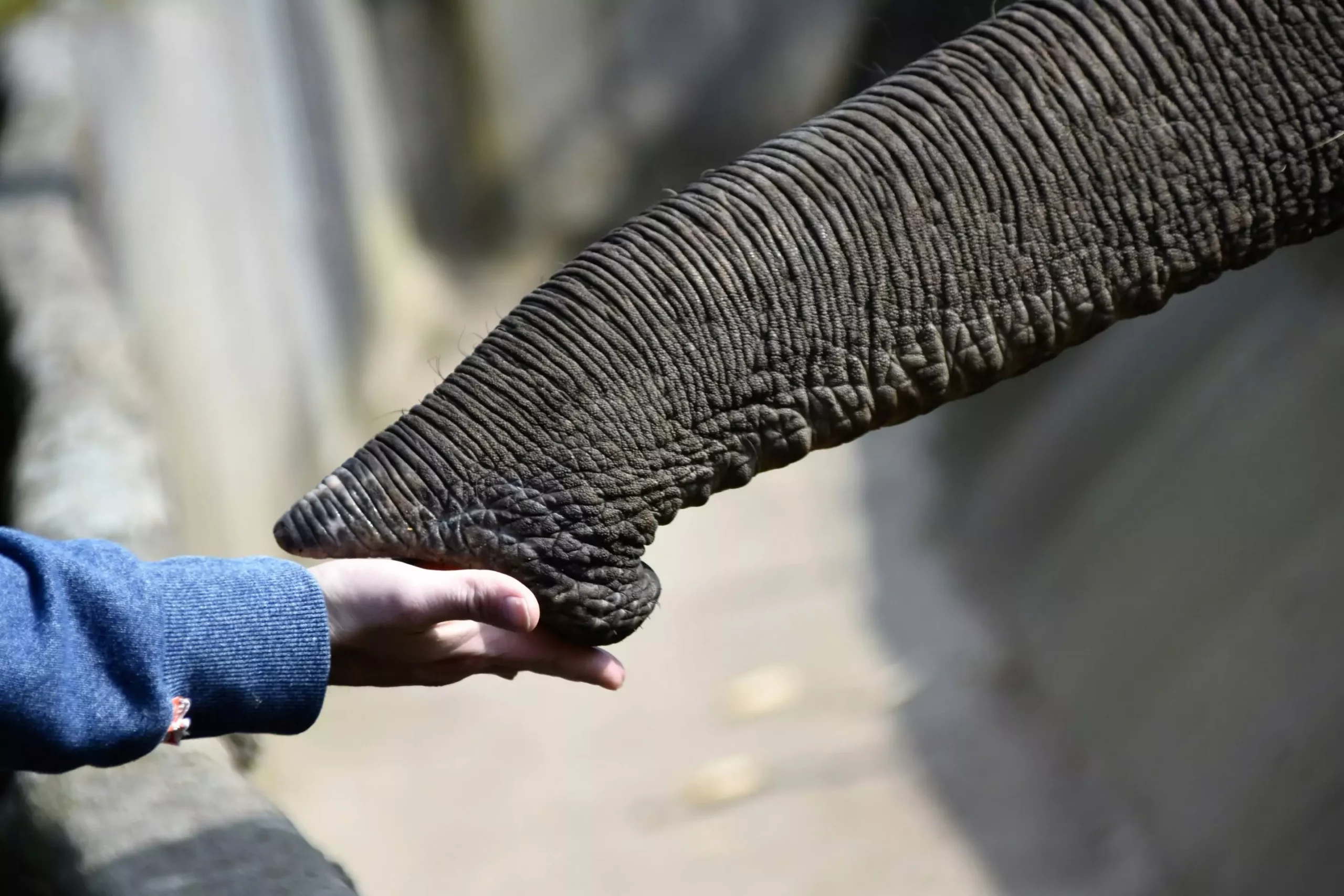The trunk of an elephant is a remarkable organ that serves a multitude of purposes including eating, drinking, communicating, exploring, socializing, and using tools. It is comprised of six muscle groups that grant it both immense strength and delicate precision. Through various techniques such as suction, pinching, and wrapping, elephants are able to grasp objects with remarkable dexterity. Research conducted on African savannah elephants in a zoo has shed light on the force exerted by the trunk tip and its implications for robotics.
In a study focusing on the maximum pinching force of the trunk tip, researchers found that the elephant’s trunk lacks bones and is instead predominantly made up of muscles and nerves. This composition grants the trunk its incredible power, precision, and sensitivity. Unlike previous studies that measured the force of the entire trunk when wrapping around objects, this research honed in on the force exerted at the trunk tip. The tip of an elephant’s trunk comprises two finger-like protrusions: a pointed one at the top and a rounded one underneath.
The insights gained from studying the strength of an elephant’s trunk tip have significant applications in the field of robotics, particularly in the development of soft grippers. By mimicking the flexibility and grasping capabilities of the elephant’s trunk, researchers aim to enhance the manipulation abilities of robots. The researchers discovered a maximum pinch force of 86.4 Newton, highlighting the precision with which an elephant can grasp objects.
Soft grippers, inspired by the elephant’s trunk, play a crucial role in robotics by enabling robots to grasp objects with finesse and adaptability. These grippers are essential for robots engaged in activities ranging from medicine to agriculture. By utilizing bio-inspired technology, researchers are able to enhance the functionality of robots in challenging and unpredictable environments.
To measure the pinching force of an elephant’s trunk tip, researchers devised a unique testing device equipped with force sensors. Elephants were rewarded with apples when they exerted enough force to surpass a predefined threshold. The position of the trunk was found to influence the force exerted by the elephant, shedding light on the anatomy and mechanics of trunk manipulation.
In addition to the technological advancements facilitated by this research, the findings also have implications for elephant conservation. Understanding how elephants use their trunks to interact with their environments can aid in conservation efforts, particularly in the face of climate change and habitat alterations. By studying the gripping techniques of elephants across different habitats, researchers can gain valuable insights into their foraging behaviors and ecological interactions.



Leave a Reply